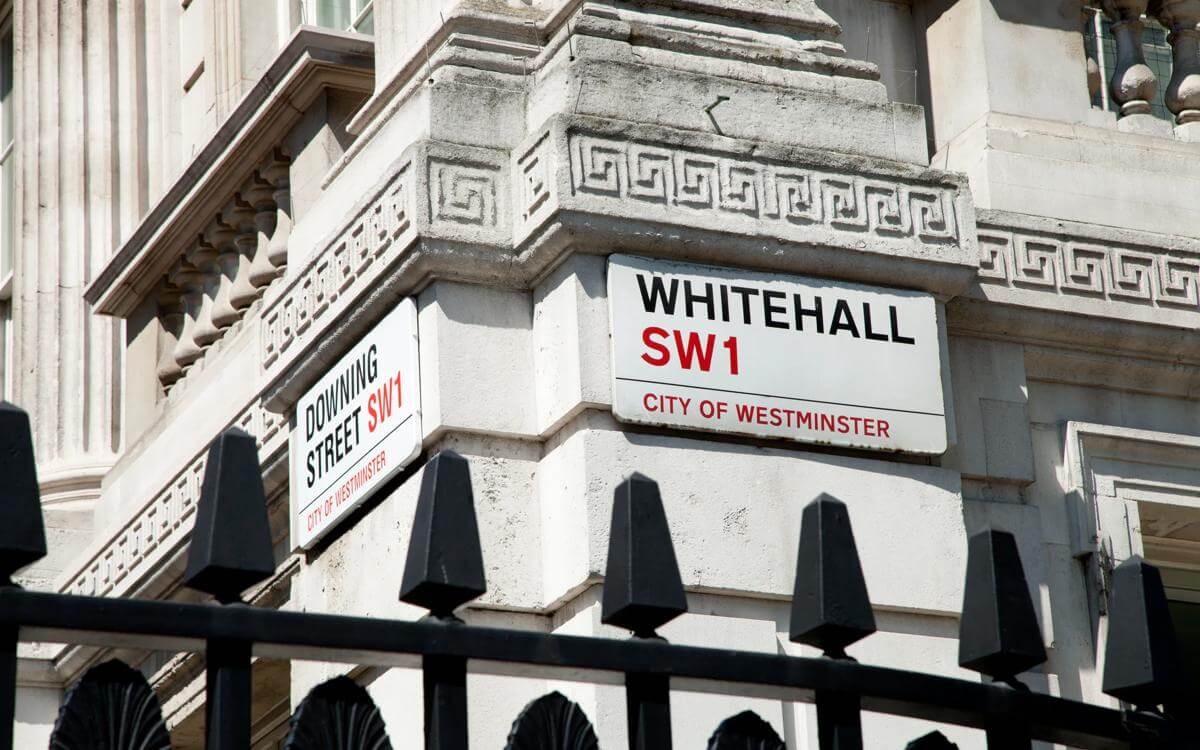State aid - De Minimis Regulation - Article 3 and 6
The case of Istituto nazionale per l’assicurazione contro gli infortuni sul lavoro (INAIL) v Zennaro Giuseppe Legnami Sas di Zennaro Mauro & C concerns the application of the De Minimis Regulation.
This article is taken from December's public matters newsletter. Click here to view more articles from this issue.
Istituto nazionale per l’assicurazione contro gli infortuni sul lavoro (INAIL) v Zennaro Giuseppe Legnami Sas di Zennaro Mauro & C. (Case C 608/19) ECLI:EU:C:2020:865, judgment of 28 October 2020
Introduction
On 28 October 2020 the European Court of Justice (‘ECJ’) handed down its judgment in the case of Istituto nazionale per l’assicurazione contro gli infortuni sul lavoro (INAIL) v Zennaro Giuseppe Legnami Sas di Zennaro Mauro & C.
The case concerns the application of the De Minimis Regulation, and discusses whether it is acceptable to amend or vary grant applications before aid is granted, and indeed whether it is obligatory for a funding body to agree to amendment of such applications where the De Minimis threshold may be breached.
The case involves a request for a preliminary ruling concerning the interpretation of Articles 3 and 6 of Commission Regulation (EU) No 1407/2013 (‘De Minimis Regulation’) borne out of proceedings between Italy’s National Institute for Insurance against Accidents at Work (‘INAIL’) and a wood products company (‘Zennaro’).
Case facts
Zennaro applied to INAIL for funding for a health and safety project. As part of the application process Zennaro submitted a declaration that the aid granted to it would not result in the De Minimis threshold being exceeded.
INAIL informed Zennaro that the project was accepted and that a grant of €130,000 would be made, with the possibility of obtaining advanced funding of €65,000, which Zennaro had requested, subject to the prior presentation of a bank guarantee.
It later transpired that during the application process for the INAIL grant, Zennaro had received €64,483.91 of De Minimis funding from another funding body, in addition to €18,985.26 from a third funder. The addition of these two sums to the funding secured from INAIL amounted to €213,469.17, exceeding the De Minimis threshold of €200,000.
Zennaro wrote to INAIL asking whether, in order to avoid the De Minimis threshold being exceeded, the parties could agree to either reduce the amount of financial assistance being granted, or to vary the project to reduce the amount of funding required. The parties could not agree a variation and INAIL informed Zennaro that it would not grant any funding unless Zennaro repaid the alternative funding it had secured.
Zennaro brought a challenge against INAIL’s decision and secured a favourable finding in a lower court. INAIL appealed against that decision and, consequently, the ECJ was asked for a preliminary ruling regarding the interpretation of Articles 3 and 6 of the De Minimis Regulation. The following questions were referred:
- Must the rules on the grant of aid laid down in Articles 3 and 6 of the De Minimis Regulation be interpreted as meaning that it is possible for an applicant undertaking which finds itself exceeding the maximum permissible threshold on account of the cumulation with previous financial assistance to opt – up to the actual payment of the financial assistance applied for – to reduce the funding (by amending or varying the project) or to forgo (in full or in part) previous financial assistance, possibly already received, in order to fall below the maximum limit payable?
- Must those provisions be interpreted as meaning that the various options proposed (variation or forgoing) apply even if they are not expressly provided for in the national legislation and/or in the public notice relating to the grant of the aid (Case C-608/19 Istituto nazionale per l’assicurazione contro gli infortuni sul lavoro (INAIL) v Zennaro Giuseppe Legnami Sas di Zennaro Mauro & C (ECJ 28 October 2020), para 24).
Legal framework
Under the De Minimis Regulation, the total amount of aid granted to a single undertaking is not to exceed €200,000 across a period of three fiscal years (subject to some exceptions).
It is important to note that all De Minimis Aid granted within the previous fiscal year and two prior fiscal years will be cumulated for the purpose of identifying whether the De Minimis threshold has been reached, regardless of who has granted the aid. Where the De Minimis threshold would be exceeded by the grant of any new aid, none of that new aid may benefit from the de minimis exemption.
De Minimis Aid is deemed granted at the moment the legal right to receive the aid is conferred on the undertaking, as determined by the applicable national legal regime, and irrespective of the date of payment (Ibid, Article 3(4)).
Judgment of the ECJ
The court noted that, given the context within which the De Minimis Regulation operates, the relevant provisions required strict interpretation. It went on to state:
- The moment to assess whether cumulation exceeds the De Minimis threshold is the moment the aid is “granted”, and this is deemed to occur when the legal right to receive the aid is conferred on the undertaking, as dictated by the national legal regime.
- It is clear from the provisions of Article 6 that the monitoring carried out by member states to ensure that the rules on cumulation are complied with must occur before aid is granted.
- The De Minimis Regulation does not include provisions pursuant to which applicant undertakings may alter their applications for aid by reducing the amount of it or by forgoing previous aid so as to comply with the De Minimis threshold. As such, there is no obligation upon Member States to permit this.
- Member states have a broad discretion to determine the procedure for granting De Minimis Aid. They must facilitate compliance by “establishing the necessary tools in order to ensure that the total amount of De Minimis aid granted to a single undertaking… does not exceed the overall permissible ceiling.” Accordingly, Member States may allow undertakings to amend applications for aid to avoid the De Minimis threshold being reached. However, it cannot constitute a penalisation of the undertakings in question if it is impossible for them to amend their applications for aid after new aid has been granted.
The court went on to rule:
- Articles 3 and 6 of the De Minimis Regulation must be interpreted as meaning that:
- an undertaking may opt, until such time as the aid is granted, to reduce the funding required or forgo, in full or in part, previous financial assistance already received so as not to raise the total amount of De Minimis Aid granted to that undertaking above the De Minimis threshold; however,
- Member states are not obliged to allow applicant undertakings to amend their applications for aid. It is for national courts to determine the legal consequences, if any, of the fact that undertakings do not have the option of making such changes prior to the date on which the aid is deemed to be granted.
Comment
It is the responsibility of the body granting De Minimis Aid to ensure that the De Minimis threshold is not exceeded. Accordingly, bodies providing aid under the De Minimis Regulation need to ensure that they have the appropriate administrative arrangements in place to ensure that the conditions set down in the De Minimis Regulation are met. It is worth noting that the point at which this assessment should occur is the date on which any new aid is deemed to be granted (in England and Wales this will usually be the date that the grant agreement is signed) and accordingly, it would be sensible for funding bodies to re-check that the De Minimis threshold is not met at this stage.
Where it is established that the De Minimis threshold would be exceeded by a new grant of aid, funding bodies are not obliged to give grant recipients the opportunity to amend their funding applications (either to reduce the amount of funding required/vary their project or to forgo previous financial assistance already received) before aid is granted. However, this practice is not prohibited by the De Minimis Regulation. Therefore, the discretion to allow this as part of the funding application process resides with the funding body.
Whilst this decision is to be welcomed and provides important clarification of the application of the De Minimis Regulation to the administration of De Minimis Aid, it comes at a time when the long-term applicability of EU state aid rules are in doubt. However, rights and obligations relating to breaches of EU state aid rules which occur before 1 January 2021 will remain actionable in domestic courts.
Therefore, while the relevance of this judgment is at least certain in the short term, the jury is still out on whether this will continue beyond 31 December 2020.
Contact

Angelica Hymers
Principal Associate
angelica.hymers@brownejacobson.com
+44 (0)115 976 6092








































